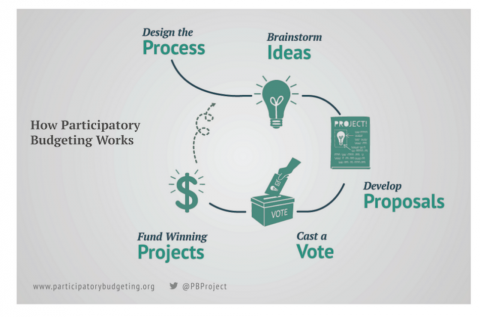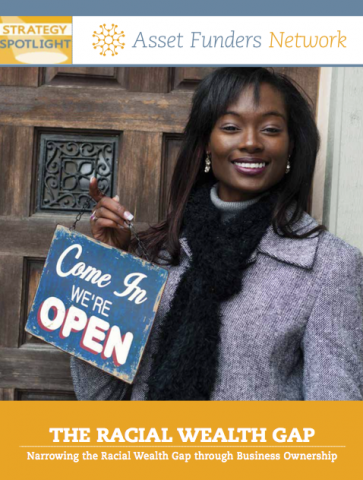Ideas42 has engaged with more than 70 domestic poverty experts over the past year, including academics, practitioners, and parents raising young children. We have studied academic liter- ature from multiple disciplines and directly observed 15 programs serving families with low incomes. This paper distills the lessons we’ve learned and the best practices we've observed in this process. We do not claim exhaustive knowledge of poverty; instead, we intend this document to serve as a well-researched conversation starter that will help catalyze the behav- ioral innovations our society desperately needs. In the pages that follow, we share behavioral insights that shed new light on the many challenges facing families with low incomes and those who seek to support them. We also put forward three design principles that follow from these insights and can be tailored to t the needs of a wide range of communities, organizations, policies and programs.

